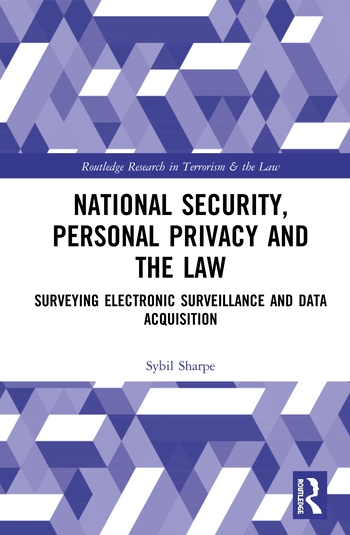The petitioner, after exhausting his administrative remedies, petitioned for habeas corpus relief, asserting that he was innocent and that there was insufficient evidence to support the hearing officer’s findings.
After a hearing, the officer found that the petitioner was guilty of tampering with a security device, specifically a housing unit’s fire alarm. The case involved an incident when someone on the second floor of Building 2 (2-2) of the Federal Medical Center in Rochester, Minnesota, pulled the fire alarm. The staff of the facility had previously applied an anti-theft detection powder on the fire alarm due to a rash of fire alarm activations in housing unit 2-2 over a 3 to 4 day period. The invisible powder turns a bluish purple when it comes in contact with skin and water is applied.
The operation’s officer reported that inside the post station there were two definite fingerprint markings where the theft detection powder had been lifted up. Staff checked every inmate’s hands on 2-2 and also sprayed them with tap water and had them rub their hands together. No inmate had any indication of ink stains on their hands other than the petitioner. In addition, the petitioner was observed with horizontal stains across the tips of his pointer finger and middle finger of his right hand. The horizontal markings formed a straight line when he cupped his fingers as if pulling a fire alarm. There were also pinpoint stains on his right palms, staining under the fingernail of the pointer finger, and also on the top of the left hand above the small finger knuckle. All of the stains appeared to be bluish purple in color.
Based on the invisible stain thief detection powder which had been placed on the fire alarms in building 2, it was apparent that the powder had been lifted off into two fingerprints and that the only inmate with ink on his hands was the petitioner.
The court found that the greater weight of the evidence supports the finding that the petitioner did commit the prohibited act of “tampering with the security device,� and therefore the hearing officer’s decision was supported by evidence and the court affirmed the district court’s judgment.
The moral of the story: It is good business to provide security for the fire alarm system.






